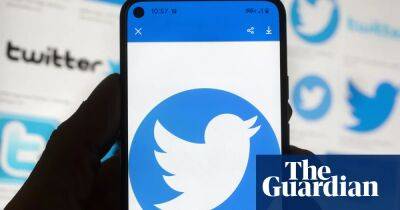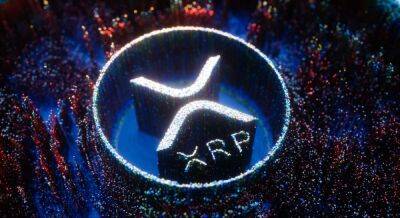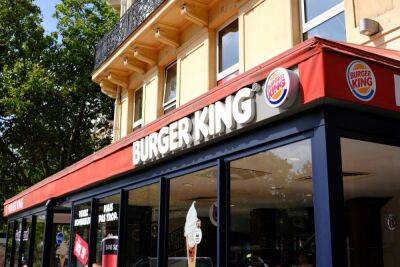Hot buttons: why fashion houses are getting into video games
I n December 2015, the revered French fashion house Louis Vuitton made a surprise announcement about the advertising campaign for its forthcoming spring-summer collection. The new range of clothes and accessories would be modelled on screen and in the pages of glossy magazines not by a famous actor or popstar but by a video game character: the pink-haired warrior Lightning from Final Fantasy XIII. Nicolas Ghesquière, the brand’s creative director told the press he considered Lightning to be the “perfect avatar for a global heroic woman”. The fictional character even carried out interviews to promote the partnership.
It was not the first time a fashion brand had collaborated with a major video game. Previously, H&M, Moschino and Diesel had made digital clothes for The Sims. Diesel had its own island in PlayStation 3’s ambitious metaverse forerunner, Home. But in the last two years we’ve seen an explosion: Balenciaga and Ralph Lauren in Fortnite, Balmain in Need for Speed, Tommy Hilfiger and Gucci in Roblox, Marc Jacobs and Valentino in Animal Crossing, Lacoste and Burberry in Minecraft. Most of the collaborations now involve both digital and physical collections: when Lacoste partnered with Minecraft, the company produced a full wardrobe of clothing and accessories; when Balmain partnered with Need for Speed Unbound last November, it produced a themed limited edition run of its B-IT slider shoes, while in-game racer Eleonore wears a dress from the house’s Autumn 2022 collection.
Why is this happening now? How have games become popular places to reveal and market fresh fashion lines?
Partly, of course, it’s down to numbers. Today, video games are played by 3bn people globally, generating revenues of $200bn in 2022. It’s an
Read more on theguardian.com


 theguardian.com
theguardian.com








![SafeMoon [SFM]: Hackers say ‘relax’ as DEX loses millions in exploit](https://finance-news.co/storage/thumbs_400/img/2023/3/29/62040_s4aqw.jpg)


